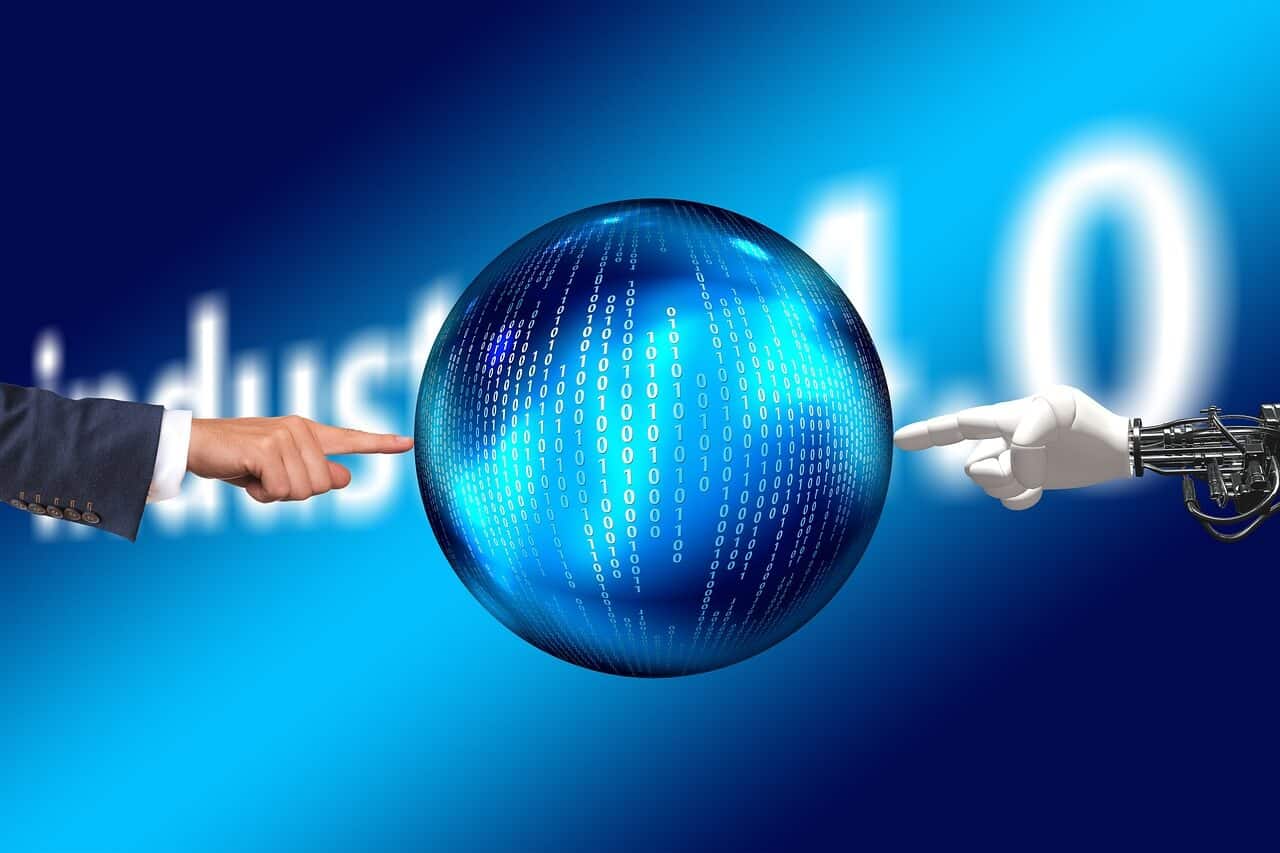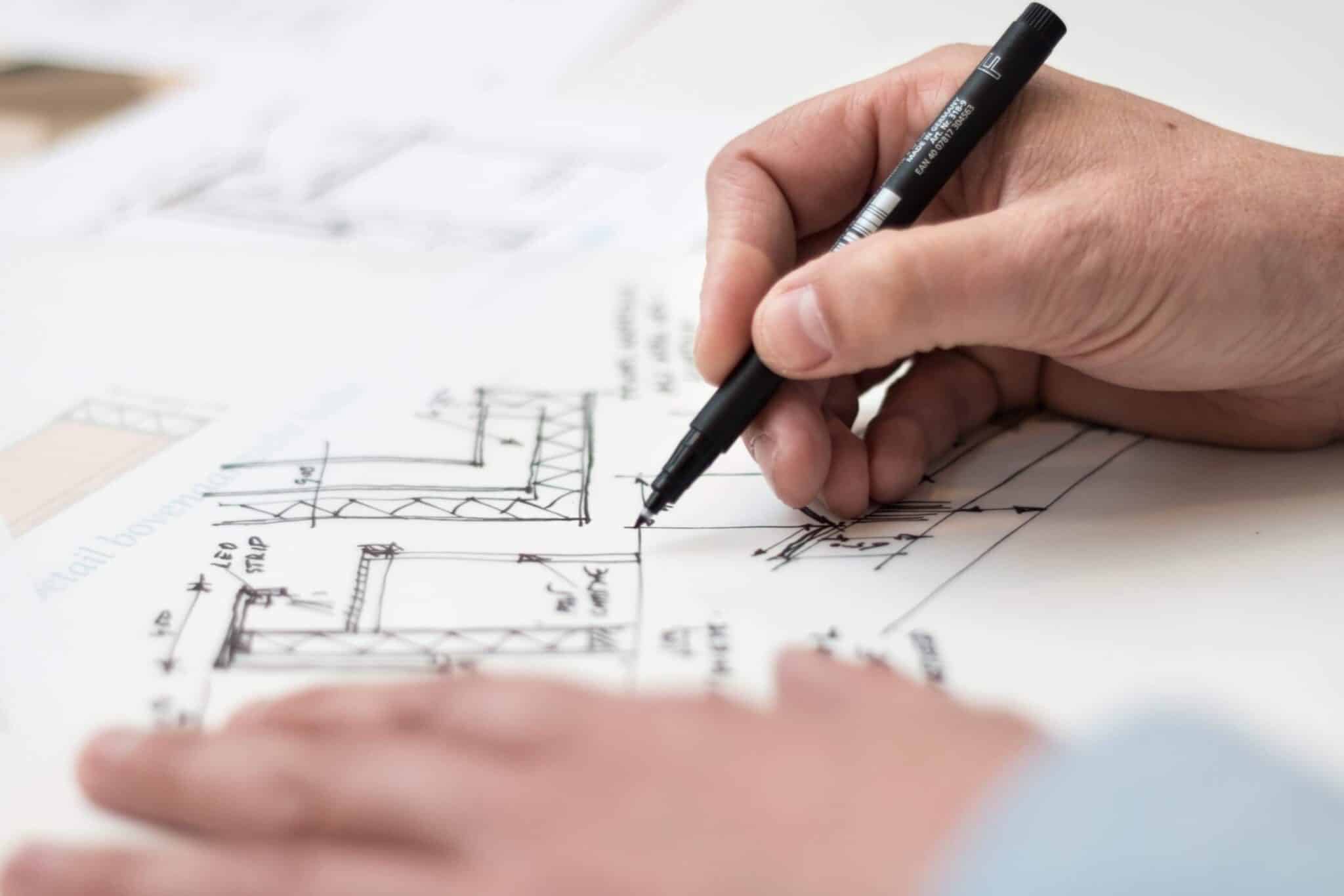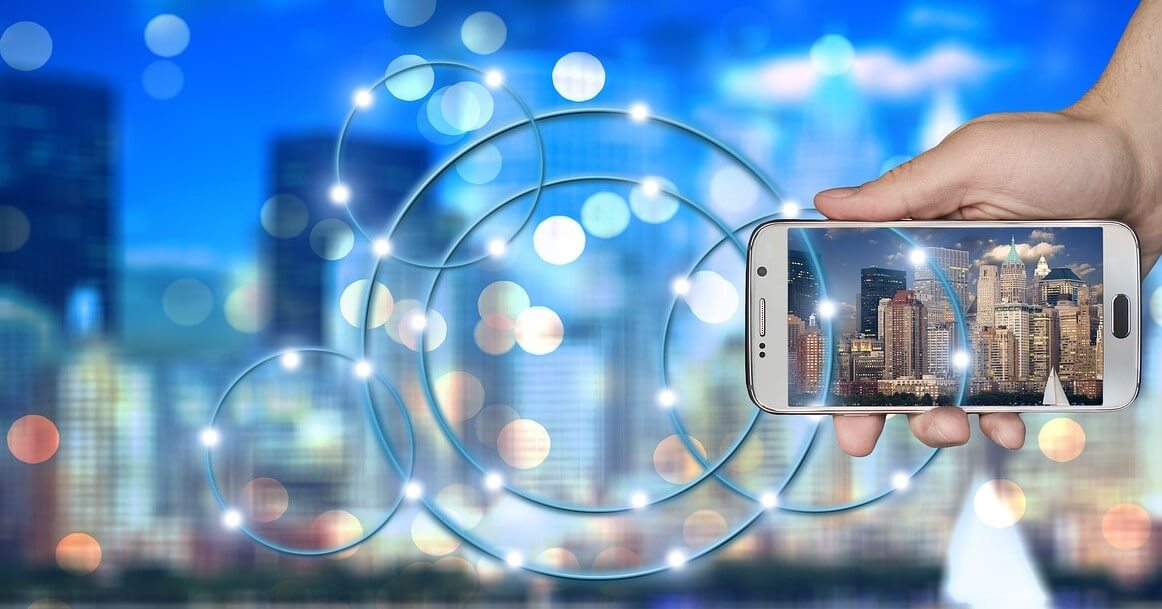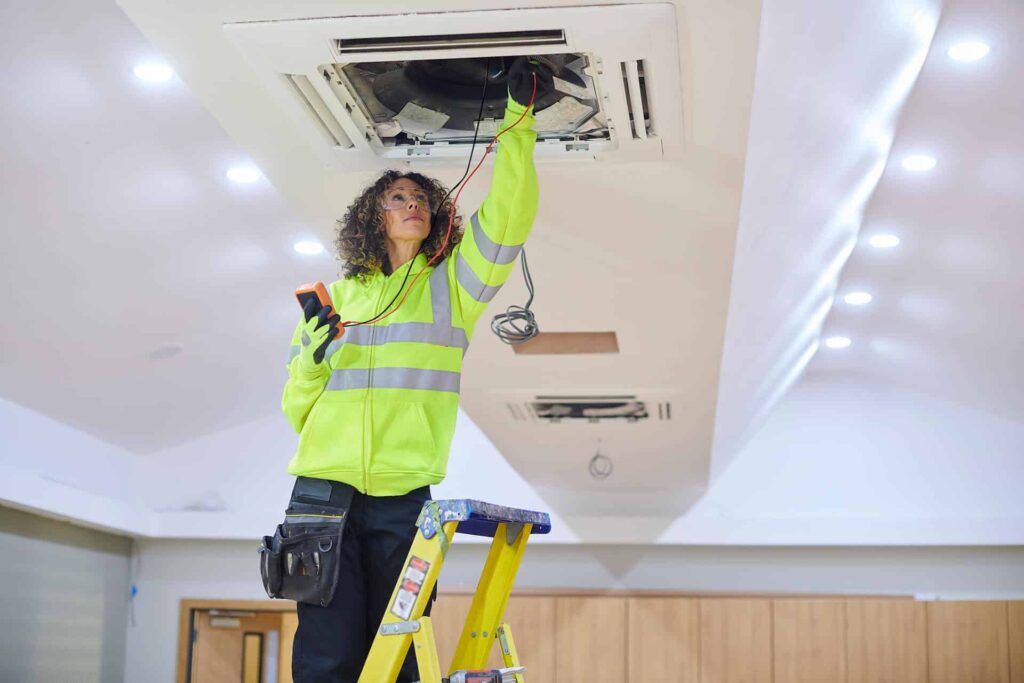Industry 4.0: building the future with the fourth industrial revolution

You say you want a revolution? You’re in the middle of it at this exact moment. The fourth industrial revolution, known as Industry 4.0, is out there changing the way we work and live. Industry 4.0 builds upon our lengthy history of disruptive technology. Steam and water power forever changed production techniques during the first industrial revolution, and the second wave came hot on its heels with the additions of electricity, assembly lines, and the first railroads. Industry 3.0 was sparked by the creation of mainframe computing, and spawned automation.
Industry 4.0. significantly advances everything we gained from Industry 3.0, giving us autonomous cyber-physical systems and big data.
The term “Industry 4.0” was coined by German engineer Klaus Schwab in his 2016 book, The Fourth Industrial Revolution. The World Economic Forum describes it as “a range of new technologies that are fusing the physical, digital and biological worlds, impacting all disciplines, economies and industries, and even challenging ideas about what it means to be human.”
What does Industry 4.0 mean for the built environment?
The recent technological leaps and bounds are disrupting the entire face of industry (hence the ‘revolution’ moniker). The way buildings are designed, constructed, operated, and maintained must adapt to include both new technology and future iterations. Smart buildings are capable of sharing performance data between networked devices, which allows for more granular and consistent control over the complete infrastructure—with less effort.
What does it all mean? Intelligence-driven buildings can give facility managers extended capabilities in three transformative areas, empowering them to:
Predictively solve issues
The building itself can provide constant monitoring and reporting on critical infrastructure like elevators and escalators, allowing for predictive maintenance as well as remote diagnostics and troubleshooting.
Continually optimize the building
Connectivity enables a consistently ideal living and working environment inside the building, while reducing costs and environmental impact through reduced energy consumption.
Use and refine networked systems for more energy efficient and smarter facilities
Advanced building automation systems for HVAC, lighting, windows, smart ceiling fans, and even energy load management for appliances allow for almost total control over the building. What is a building automation system (BAS)? A BAS is a system that can control a facility’s heating, ventilation, and air conditioning (HVAC), in addition to lighting, security, and other critical building components.

Smart sensors are revolutionizing facilities management
The first industrial revolution brought power to buildings, the second revolution gave them light, and Industry 3.0 gave building managers the ability to automate and streamline many operational tasks. Through the Internet of Things (IoT), Industry 4.0 is building links between buildings and their systems, appliances, devices, and even other buildings. This connectivity even has its own term with a distinctly Orwellian flavor: machine-to-machine (M2M) communication.
According to a European Patents Office study, it’s estimated that by 2025, “26-30 billion of devices in the home and workplace will be equipped with sensors, processors and embedded software, and connected to the IoT.”
Hardware, software, and connectivity, the core technologies of the current innovative wave, were inherited from Industry 3.0. Although the use of sensors goes back as far as the first industrial revolution, and the term ‘smart sensor’ was first heard in the early 1980s, sensors are considered one of the primary building blocks of Industry 4.0.
Today’s smart sensors can use geolocation data and motion, speed, or vibration detection, and exchange data with other devices. Smart sensors in buildings can assist with everything from understanding when a room is empty to conserve energy, to controlling temperature, warning about gas leaks, adjusting lighting for a healthier work environment, and detecting unwanted visitors on the property.
The result? Reduced operational expenses, reduced environmental impact, and significantly improved quality of service and health for the people who use the buildings.

Growth trends shaping our homes and business
Along with smart sensors and the IoT, Industry 4.0 is accelerating many other innovations. Take a look at this impressive list of creations, some of which you’ve probably already experienced at work or at home (or both):
- Artificial intelligence and virtual reality
- Augmented reality (i.e.: social media filters)
- Self-driving cars and public transit vehicles
- 3D printing
- Cloud data storage
- Big data and predictive analytics
- Cybersecurity
- Robotics
- Wearable and digestible devices for health monitoring
- Quantum computing driving breakthroughs in science and medicine
Some of the fastest growth trends over the past decade have been in the fields of 3D systems, artificial intelligence, and user interfaces. While these technologies have massive interest, the amount of usable technology is still lacking.
Let’s look at some of the bleeding edge technologies in these categories that could be just around the corner with the continued evolution of Industry 4.0:
3D systems
As printer speeds increase and capabilities expand, we’re seeing hints of what’s to come. This includes the disruption of the real estate market with 3D printing entire sustainable, affordable neighborhoods. It could go as far as 3D metal printing for bridges, tools, parts, and buildings, and shapeshifting 4D printing. Imagine footwear that can switch from cleats to running shoes, or a building with bricks that can change shape to adapt to levels of stress on a wall!
Artificial intelligence
Once our existing computing capabilities hit their next growth spurt, we’ll see huge AI impact on the built environment. Used in building planning, it would free up architects to focus on creative work, with AI handling heavy initial research, compiling and reporting data, managing cost estimates, creating models, and factoring together all of the data for zoning and building codes. The increased use of AI and robotics in building construction will reduce project costs, improve safety, and increase productivity.
User interfaces
Remote operation capabilities and no need for direct controls will continue to shake things up. VR headsets in manufacturing allow human workers to use voice commands and hand gestures to interact with machines from remote locations, while haptic gloves can track how the worker is moving and transmit health, safety, and productivity data. Sensors in wearable tech can transmit data about your physical and emotional well-being, opening up a new world of possibilities for improving existing tech and for emerging applications to improve health at home, on the road, or at work.
And let’s not forget the power of edge computing. According to the World Economic Forum, “Intelligent applications can run on-site, with short transfer paths and almost real-time data processing… data relevant to operations remain protected within the local environment—a connection to the cloud is needed only to update the AI applications.”

The future of the fourth industrial revolution
Industry 4.0 is advancing faster than any industrial revolution to date. Access to a previously unimaginable amount of data gives us increasing control over every aspect of operational tasks, improving environmental impact and saving money. But big shifts are needed to keep the innovation alive! This includes increased support for research and development, regulations for emerging technologies and devices, and accessibility to businesses of all sizes.
Industry 4.0 can’t blaze forward without a skilled workforce, which requires strong educational development in STEM areas like IT, software, programming, data analysis, and cybersecurity—and from an early age. The job market already reflects Industry 4.0, from breakout career paths to the extinction of positions as machines take over mundane tasks. Many creative fields have been feeling the pressure to learn IT skills and adopt new technologies.
As we continue to grow and adapt, the barriers between humans and machines will fade away. In the not-so-distant future, our daily lives could start in a fully connected smart home and include a commute in a self-driving car, work in a smart office building, and the use of dozens of objects throughout the day that were manufactured from start to finish by machines.
Photo Credits: Tumisu, Lex, Gerd Altmann, Markus Spiske, Gerd Altmann



